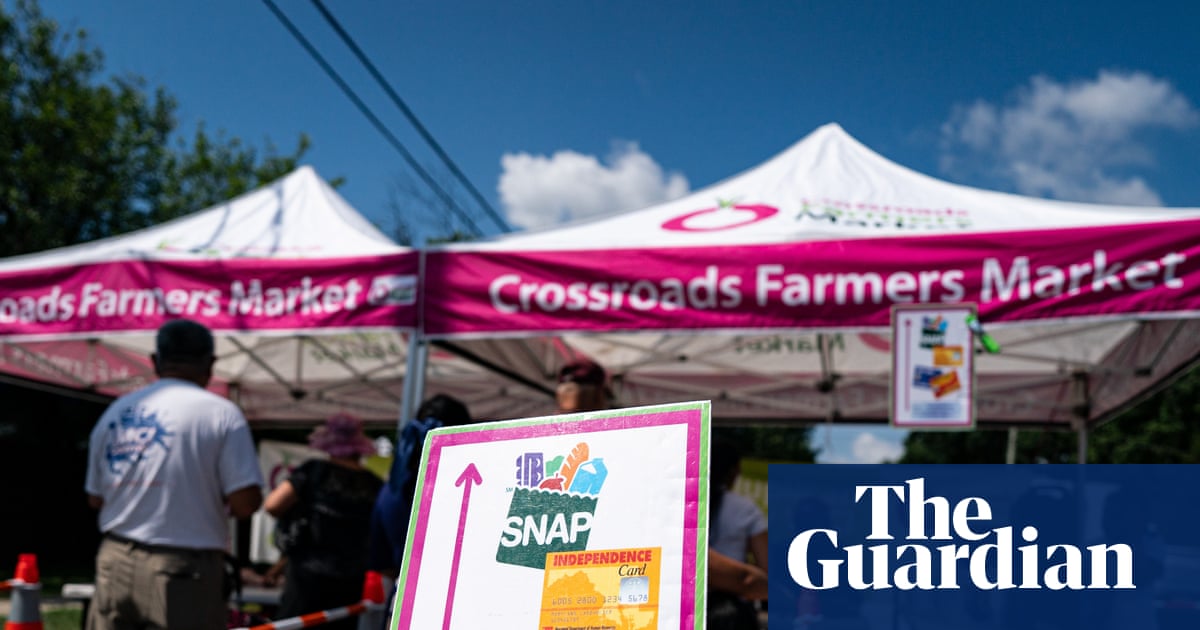Two decades ago, Sara Carlson, then a mother of three, was newly single because of a traumatic event, and the US’s food stamp program, now called the Supplemental Nutrition Assistance Program (Snap), helped her feed her children with free food supplies.
“I wouldn’t have been able to afford to live,” said Carlson, 45, who lives in Rochester, Minnesota, and now works as an operations manager for a wealth-management firm and serves on the board of Channel One Regional Food Bank, which works to increase food access.
While the food stamps helped her, the government cut her off after a couple years because she started making too much money, which meant she again had to worry about having enough food.
Now, nearly 42 million people around the country could face the same fate if the federal government shutdown continues and funding for Snap is cut off on 1 November.



And this right here is a record breaking amount of cognitive dissonance.